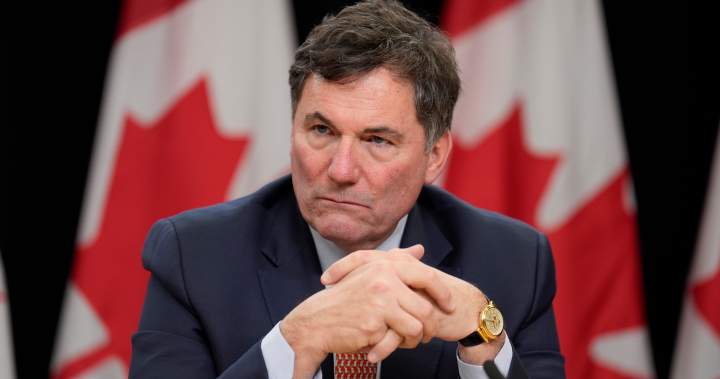In a high-stakes diplomatic effort, Canada’s Intergovernmental Affairs Minister Dominic LeBlanc traveled to Washington on Monday for crucial meetings with Howard Lutnick, President-elect Donald Trump’s nominee for Commerce Secretary. The discussions, described by sources as “productive,” centered on addressing growing anxieties about potential trade disruptions between the two deeply interconnected economies.
The meeting marks Canada’s most significant direct engagement with Trump’s incoming administration since the November election, underscoring Ottawa’s urgency in establishing dialogue before the president-elect’s January inauguration. This proactive approach comes as Canadian officials attempt to navigate the uncertainty surrounding Trump’s campaign promises of implementing sweeping tariffs that could severely impact cross-border commerce.
“These early conversations are absolutely vital for protecting Canadian interests,” said a senior government official who requested anonymity due to the sensitive nature of the discussions. “The integrated nature of our supply chains means disruptions don’t just hurt Canada—they damage American businesses and consumers too.”
Trump has repeatedly pledged to impose tariffs of up to 25 percent on Canadian goods, raising alarms throughout Canada’s business community. Such measures would represent a significant departure from the current United States-Mexico-Canada Agreement (USMCA) framework that governs nearly $2 trillion in annual trilateral trade.
Economic analysts point to the staggering scale of bilateral exchange—approximately $3.4 billion in goods and services crossing the border daily—as evidence of what’s at stake. According to Statistics Canada, the United States remains Canada’s largest trading partner, accounting for roughly 75 percent of Canadian exports.
During Monday’s discussions, LeBlanc reportedly emphasized this deep economic interdependence, highlighting how nearly 9 million American jobs depend directly on trade with Canada. The minister also addressed specific concerns in critical sectors including automotive manufacturing, agriculture, and energy—industries where supply chains are particularly integrated across the border.
“We’re talking about manufacturing processes where components might cross the border five or six times before becoming finished products,” explained Dr. Meredith Johnson, an economist at the University of Toronto specializing in North American trade. “Imposing tariffs doesn’t just increase costs—it potentially dismantles entire production systems that have evolved over decades.”
The Canadian delegation arrived in Washington with substantial economic data demonstrating the mutual benefits of current trade arrangements. Officials from Global Affairs Canada presented detailed analysis of how tariffs could impact specific regions of both countries, with particular emphasis on manufacturing-heavy states that provided crucial support to Trump’s electoral victory.
Prime Minister Justin Trudeau has instructed his cabinet to prepare comprehensive contingency plans while simultaneously pursuing diplomatic engagement. Speaking last week, Trudeau emphasized Canada’s approach: “We will always stand up for Canadian workers and businesses while recognizing the tremendous value in our relationship with our American friends and partners.”
Beyond immediate tariff concerns, the discussions touched on broader economic cooperation in critical minerals, supply chain resilience, and border infrastructure—areas where both nations share strategic interests despite potential policy differences.
Canadian business leaders have cautiously welcomed these early diplomatic efforts while preparing for potential disruptions. The Business Council of Canada recently established a working group specifically focused on adapting to potential changes in the trading relationship.
As both countries move forward, the fundamental question remains: can Canada’s diplomatic outreach convince the incoming administration that protecting the integrated North American economic framework serves America’s interests as well? The answer will shape not just bilateral relations, but the economic future of millions of workers and businesses on both sides of the world’s longest undefended border.










